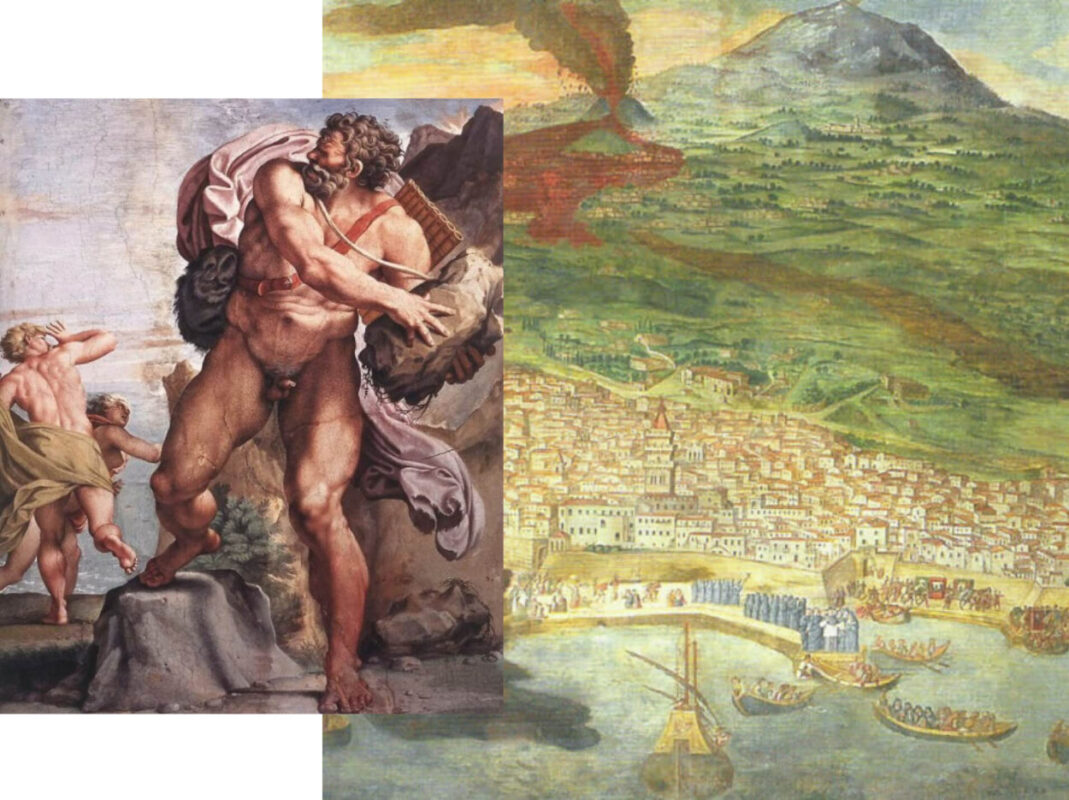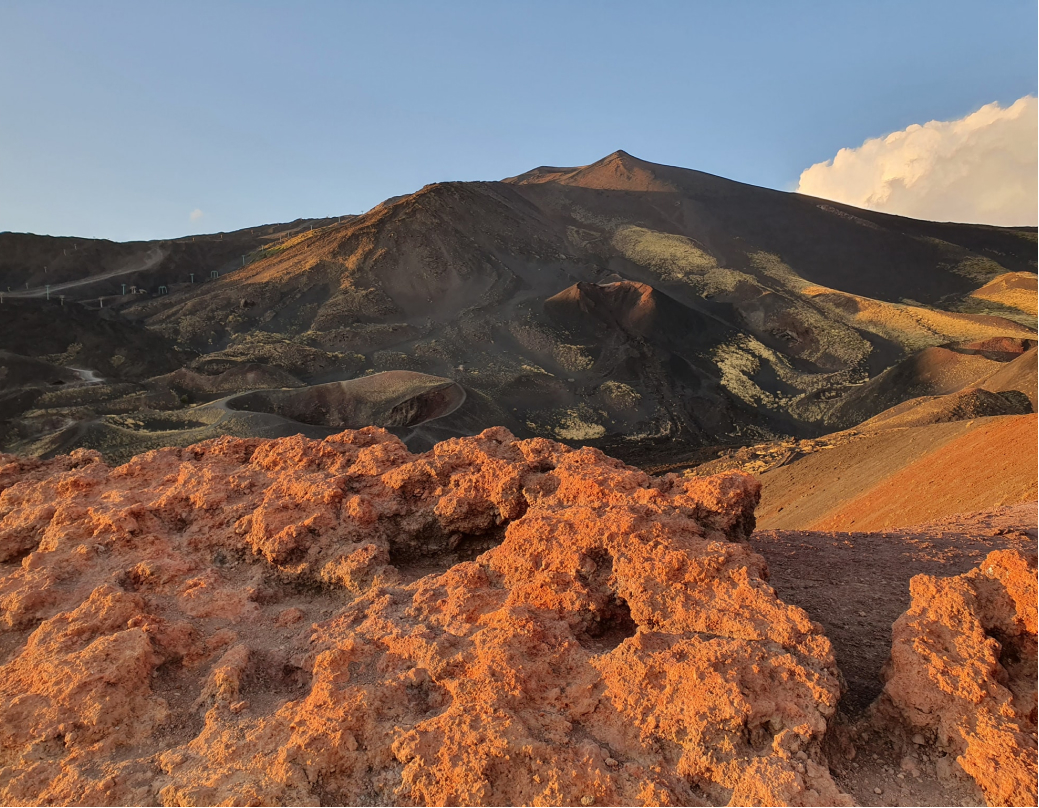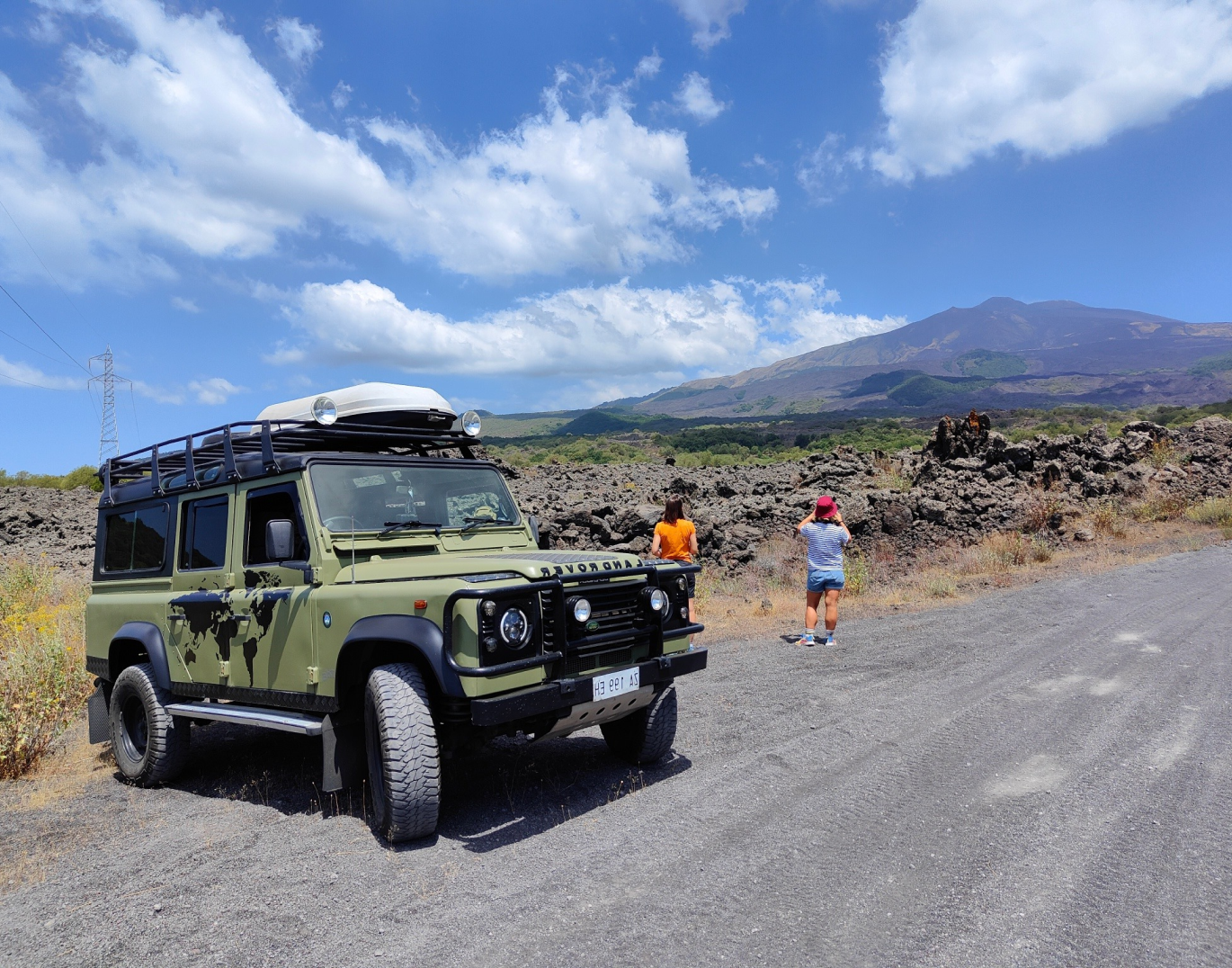History
Like all volcanoes, Etna was formed over the millennia with a process of construction and destruction that began around 600,000 years ago, in the Quaternary.
In its place, it is believed that there was a large gulf at the point of contact between the Eurasian plate to the north and the African plate to the south, corresponding to the Peloritani mountain range to the north and the Hyblean plateau to the south.
It was precisely the colossal friction between the two plates that gave rise to the first submarine eruptions of very fluid basaltic lava with the birth of the first volcanic cones, in the center of the primordial gulf.
It is believed that between 200 and 100,000 years ago these cones entered a new phase of eruptive activity by emitting lava of another type, alkali-basaltic.





